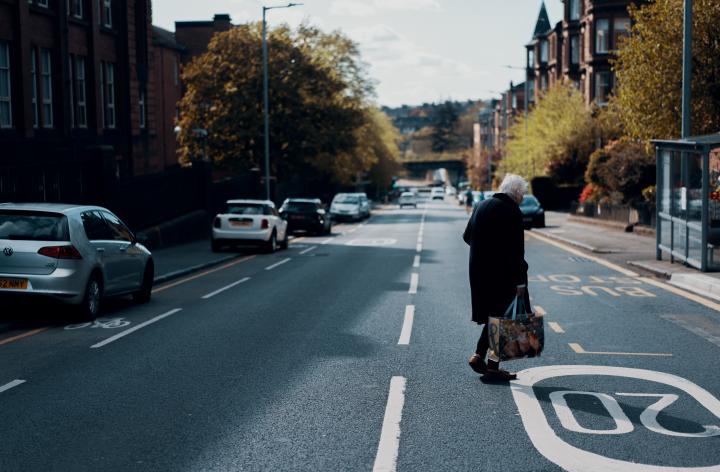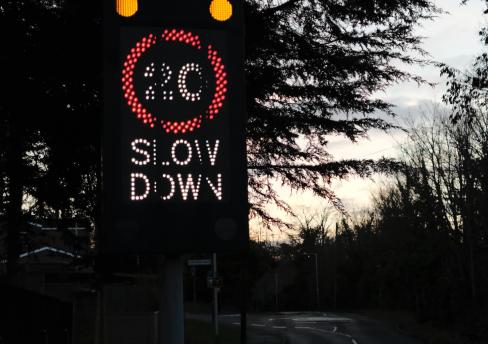
One of the few positives brought about by the pandemic is the increase in active travel by pedestrians and cyclists. According to the Department for Transport, over the last year there has been a 46% increase in the number of miles cycled on British roads. This was a larger increase than all of the previous 20 years combined.

The Government is keen to capitalise on the increasing popularity of cycling given its benefits for the environment and health. They have announced a funding package of £338m to help maintain and boost active travel. In addition to funding, following a consultation from July to October 2020, MPs have approved changes to the Highway Code which are taking effect in Scotland, England and Wales from 29 January 2022.
Changes to the Highway Code
The aim of changing the Code is to increase safety for all road users. Pedestrians and cyclists are to be given more priority over drivers. While currently motorists only have to give way to pedestrians once they step on to a zebra crossing, the updated Code will strengthen pedestrians' priority when on pavements and when crossing or waiting to cross the road. Motorists and cyclists will also require to give way to pedestrians when turning at junctions if they are crossing or waiting to cross the road. Cyclists are also to be provided with additional protection as guidance will be included on safe passing distances and speeds. It is proposed that cyclists will also be given priority when travelling straight ahead at junctions.
The updated Code will introduce a "hierarchy of road users", which means drivers are responsible for cyclists' safety and, in turn, cyclists are responsible for pedestrians' safety. The Department for Transport considers this will ensure "road users who can do the greatest harm…have the greatest responsibility to reduce the danger they may pose to others". This is in contrast to the current situation where all road users, from children and lorry drivers, are equally responsible for their own safety.
Causative Potency
The introduction of a hierarchy reflects the concept of causative potency which is often applied by the Courts. When considering liability for an accident, the Court will consider who is at fault and also whether the injured party contributed to the accident occurring, and to what extent. If a pedestrian or cyclist is held to have contributed to the accident, the Court will likely make a deduction to their award of damages to take account of their actions. The level of the deduction for contributory negligence will take into account the concept of causative potency, which is the parties' respective blame worthiness for the accident occurring. Given the potential increased damage or injury a vehicle can cause due to its size, weight and speed, the Courts place a higher burden on drivers, compared to cyclists or pedestrians, when considering the respective blame worthiness of parties. This means that whilst a pedestrian may be held at fault for crossing the road without checking for oncoming vehicles, the driver will still likely require to pay a larger proportion of the damages if it is ultimately held that they were driving in a potentially dangerous way, taking into account the road conditions.
In the Supreme Court case of Jackson v Murray (2015) UKSC5, a 13 year old girl who ran across the road without looking for oncoming traffic and was hit by a car travelling at 50 miles per hour was awarded damages. Her award was reduced by 50% to take account of contributory negligence as she hadn't checked the road for oncoming vehicles. The Court considered the causative potency argument. Given the potential danger a car travelling at that speed poses to a child, the driver was held to be liable.
The Courts will consider all the facts and circumstances of a case when determining who is at fault for an accident, and that is not always in favour of the more vulnerable road user. In the recent case of Wallace v Roache 2021 WL 03193776, the Sheriff Appeal Court upheld the Sheriff Court's decision and found in favour of the driver. In that case, a cyclist had been injured in an accident near the Old Course in St Andrews when he collided with a vehicle which had pulled out in front of him when exiting a car park through a gate. The cyclist had been travelling at 20 miles per hour when it collided with the vehicle and was found to have ignored a "give way" sign which indicated that the access road had priority over the cycle path. The Court found in favour of the driver who was travelling at 15 miles per hour and held he was taking reasonable care when exiting the car park.
Old habits die hard?
The changes in the Highway Code are currently being well publicised to make the public aware of their duties and responsibilities when using the roads. It is important that all road users take the time to understand these new rules, and adapt their habits to comply with the Code. In the event that an accident did occur and the road user was found not to be compliant with the Code, they would likely be held liable for the accident.
The changes are being welcomed by Safety groups, albeit they do stop short of liability automatically attaching to drivers who are involved in accidents with cyclists and pedestrians. Nevertheless, the proposed changes will increase the much needed protection of more vulnerable road users and it will be interesting to review whether the number of accidents are reduced as a result.
The content of this webpage is for information only and is not intended to be construed as legal advice and should not be treated as a substitute for specific advice. Morton Fraser LLP accepts no responsibility for the content of any third party website to which this webpage refers. Morton Fraser LLP is authorised and regulated by the Financial Conduct Authority.









